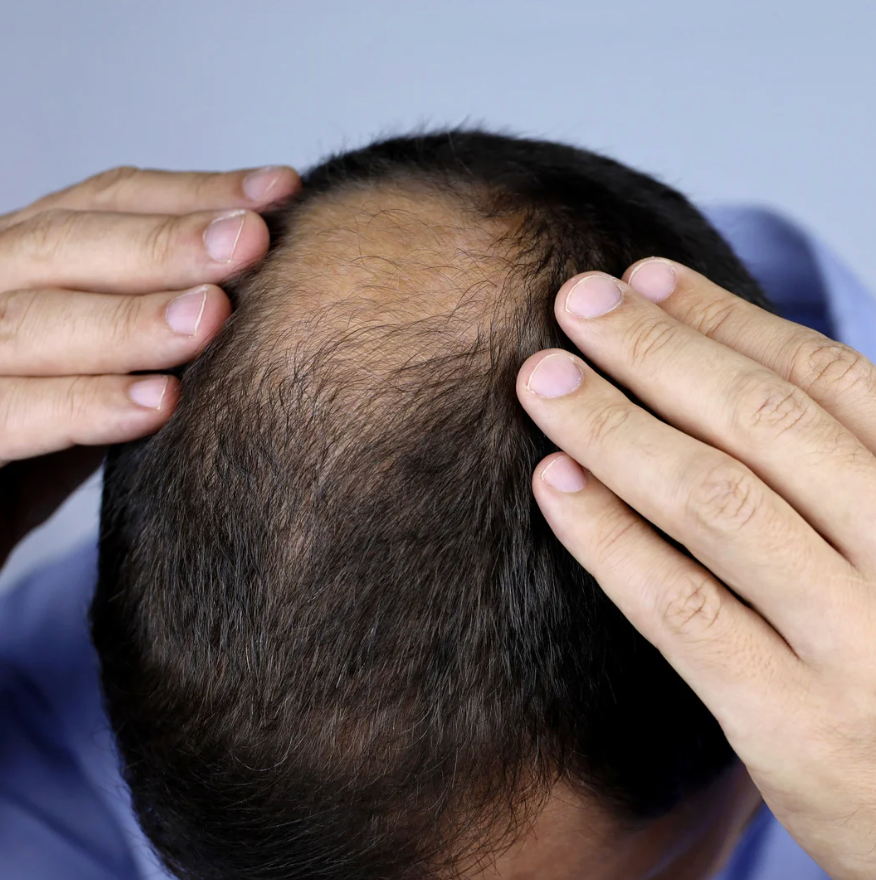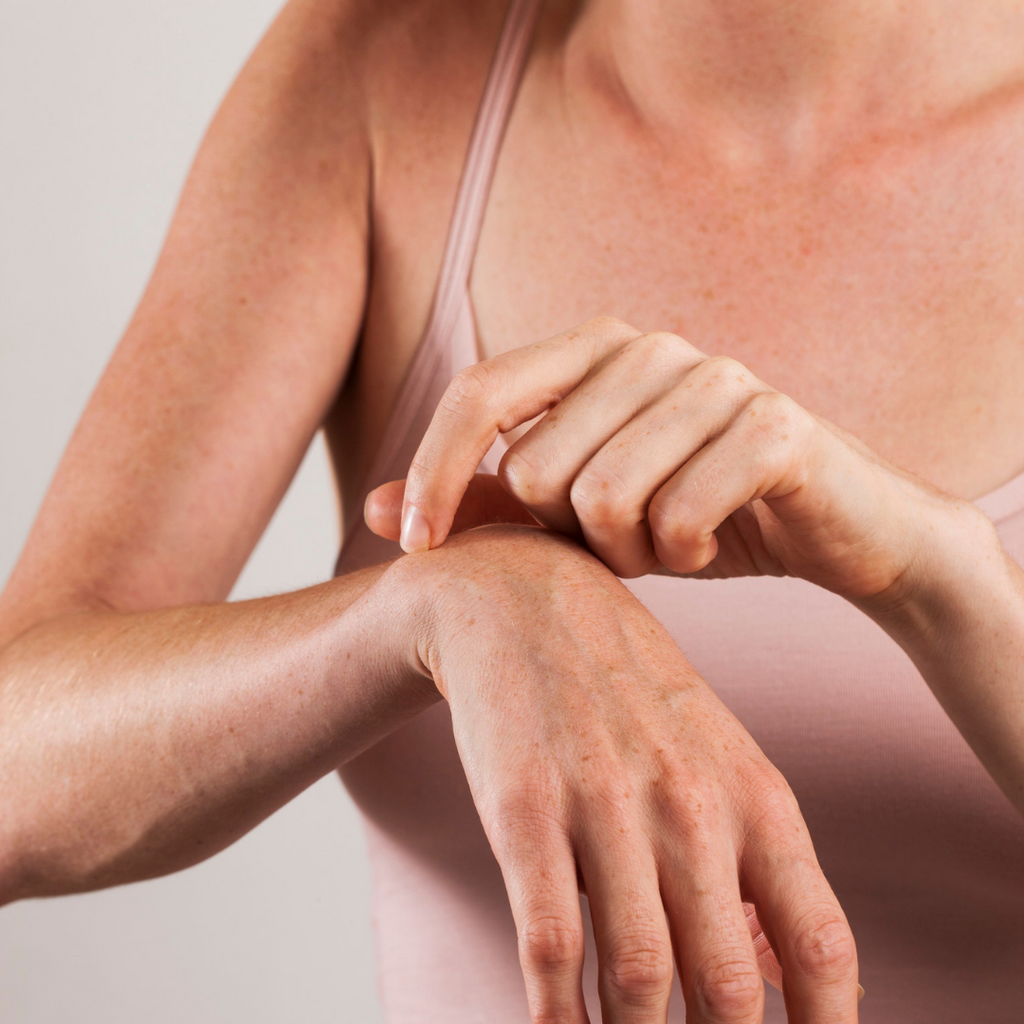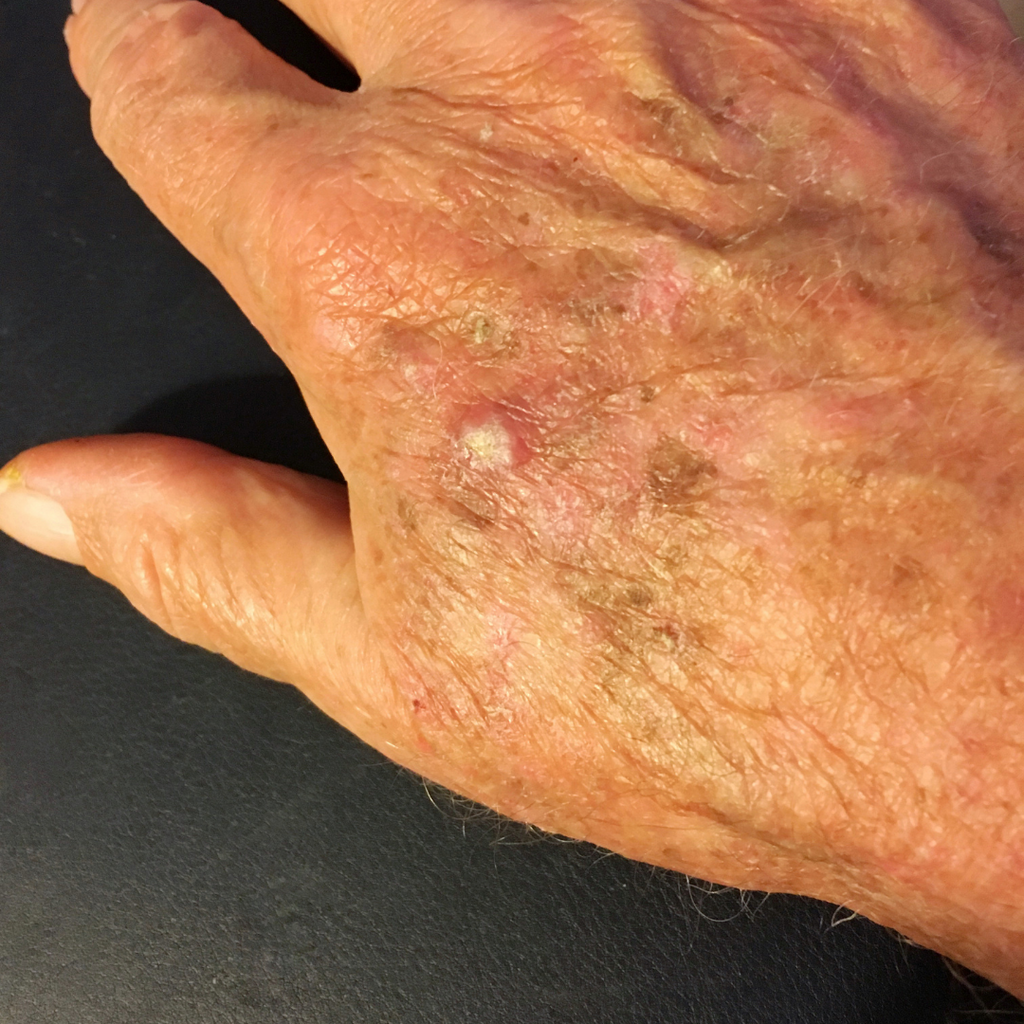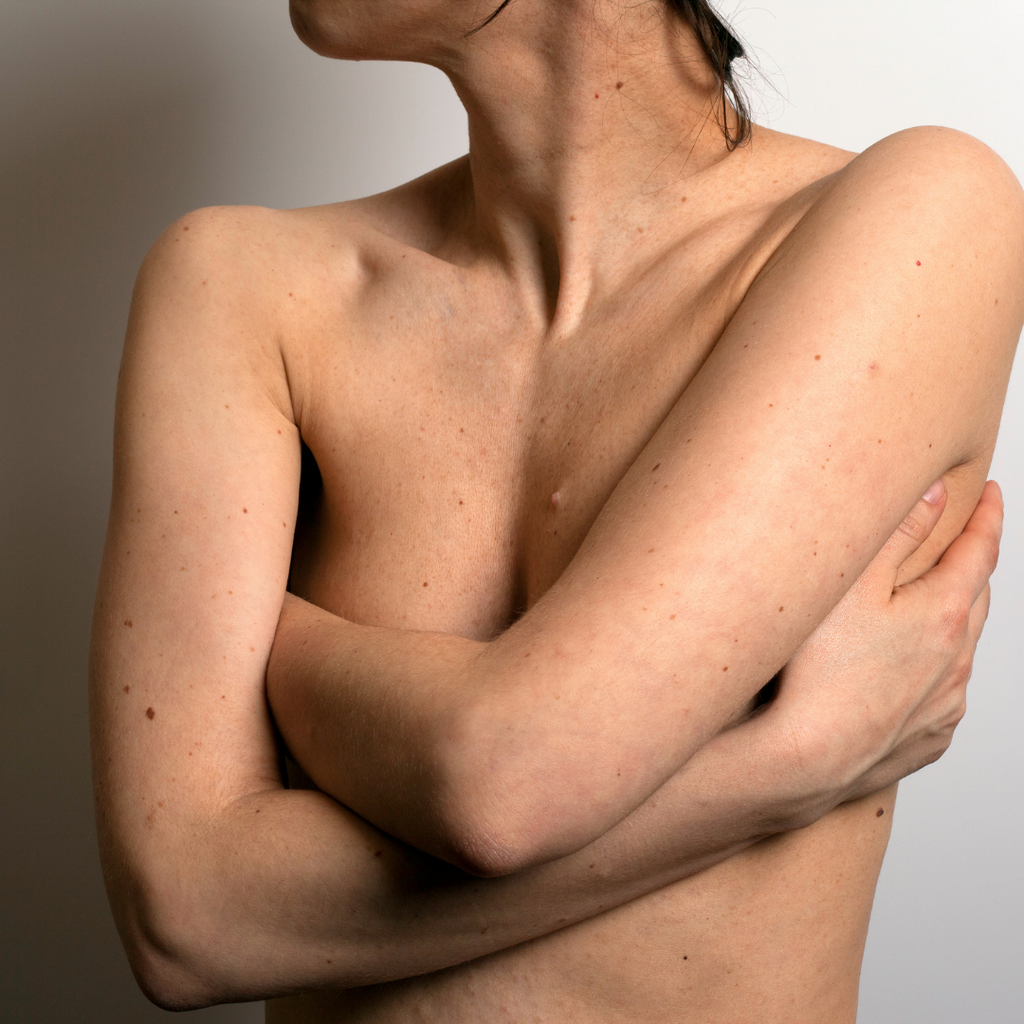Clinical Dermatology

Moles & Skin Lesions
Not all moles are harmless. Our dermatologists evaluate and treat suspicious or changing lesions with precision and care — including mole mapping, biopsies, and skin cancer screenings.

Alopecia
Hair loss can affect your confidence and quality of life — but you don’t have to face it alone. At South Florida Dermatology, we diagnose and treat all types of alopecia, from hormonal thinning to autoimmune patchiness, using personalized, evidence-based care.

Acne
Acne starts when oil and dead skin cells clog the skin’s pores. If germs get into the pores, the result can be swelling, redness, and pus. For most people, acne starts during the teen years. This is because hormone changes after puberty make the skin oilier.

Atopic Dermatitis
Atopic dermatitis is a long-lasting skin problem. It causes dry skin, intense itching, and then a red, raised rash. In severe cases, the rash forms clear, fluid-filled blisters. It cannot be spread from person to person.

Hidradenitis Suppurativa

Actinic Keratosis

Birthmarks

Hyperpigmentation

Hypopigmentation (Vitiligo and Albinism)
Hypopigmentation is the result of a reduction in melanin production. Examples of hypopigmentation include vitiligo and albinism.

Molluscum Contagiosum

Psoriasis

Rosacea
- 1
- 2


